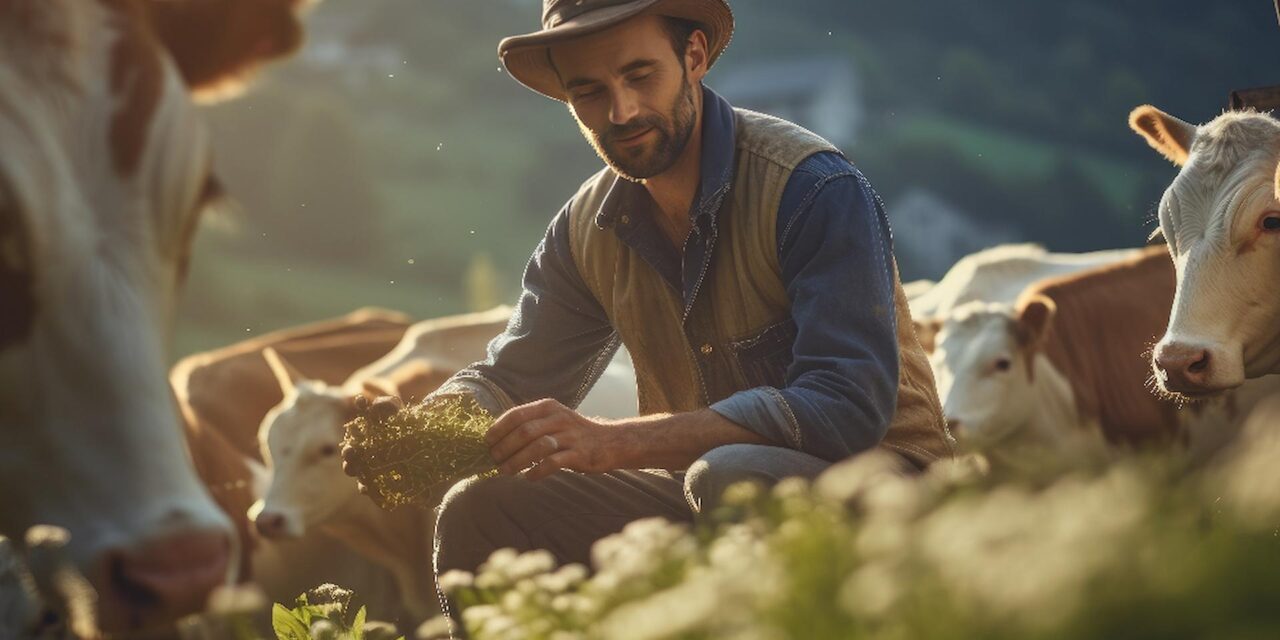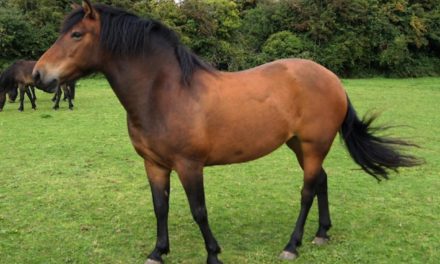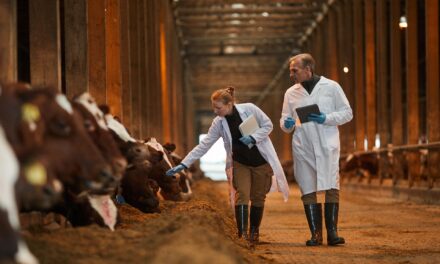
Enhancing Animal Growth with New Feeding Strategies

For livestock farmers, efficient and economical animal growth is the name of the game. But that’s easier said than done when you’re caring for hundreds or thousands of mouths to feed. Luckily, innovative new feeding strategies allow producers to truly maximize growth rates while optimizing every dollar spent on nutrition.
Life Stage Feeding
One key concept is phase feeding, which is developing rations for distinct life stages of livestock. The dietary needs for a newborn calf, a growing steer, or a milk cow couldn’t be more different. Yet older feeding systems used pretty generic feed mixes.
Now, nutritionists carefully analyze protein, vitamin, mineral and energy requirements for calves, heifers, bulls, and milk cows. Specialty feed ingredients from companies like Energy Feeds International are brought in to provide those targeted nutrients in precise ratios.
For example, a calf starter mix might contain specific milk proteins to support development. Breeding stock may get extra selenium and vitamin E. Nutrient-dense rations for milk cows maximize production levels. It is all calculated down to the micro level.
Precision Tactics
Farmers also use high-tech feeding gear to consistently deliver those balanced rations day after day, with zero inconsistencies. Robotic feed trucks apportion out the exact dietary mix for each feeding stop. Self-propelled mixer wagons perfectly blend ration ingredients in prescribed amounts and sequences. Computerized feed lines rumble through barns, dropping off personalized meals at each stall.
With regular monitoring for animal weights, body conditioning, and performance metrics, the entire system keeps nutrient inputs aligned with growth targets. Computerized programs make automatic ration adjustments when needed.
Local Sourcing
To bring down feed costs while maintaining high quality, farms increasingly look to nearby sourcing opportunities. It is easier to form partnerships with local grain growers, mills, processors, and byproduct sources.
Collaborating with nearby suppliers also benefits sustainability by reducing transport emissions. Maybe a dairy incorporates spent brewers grains from regional craft brewers. Or a hog farm uses area corn, soy, and oat crops in feed rations.
Some operations get really creative by recycling manure into nutrient-rich compost for fertilizing feed crops. Local and regional sourcing is a win-win situation.
Guided by Research
The latest feed innovations come backed by mountains of scientific research from universities and agricultural agencies. Scientists continually unlock new insights into livestock nutrition by studying digestive systems, feed values, growth factors and more.
That steady flow of data and knowledge guides the development of advanced feeding programs. Formulas get frequently updated based on new findings around optimal protein levels, micronutrient requirements, fiber sources and energy values.
Companies specializing in animal nutrition and feed additives also invest heavily in product innovation and testing. Their R&D labs develop innovative specialty supplements to enhance growth, health, and performance. Think probiotics, enzymes, and antioxidants.
At the forefront are efforts to reduce the need for antibiotics through naturally boosting livestock immune systems and gut health. Farms can produce more while using less medication.
Environmental Benefits
Besides production gains, there are environmental advantages to new feeding techniques too. Optimized diets reduce nitrogen and phosphorus emissions from manure. Overfeeding gets eliminated to curb excess nutrient runoff.
Precision systems also cut back on overall feed usage by targeting exact needs. That stretches out feed supplies while lowering transportation effects from sourcing ingredients.
Looking at the long-term, sustainable and efficient feeding practices provide a path toward meeting future food demands. Approaches that maximize growth potential from available resources and land areas will only grow more important.
Conclusion
With a combination of nutritional know-how, technological toolkits, and environmental consciousness, livestock farms aim to produce more meat, milk and eggs from each dollar invested in feeding herds. It’s a future of doing more with less through advanced rationing strategies.











